here's sample from Brice's biographical memoir of John West Wells:
John Wells was born in Philadelphia on July 15, 1907, but spent most of his youth in Homer, New York, about 20 miles from Cornell University, surrounded by the classic Devonian rocks of the Finger Lakes region. After graduating from the local high school he attended the University of Pittsburgh with the intention of studying medicine, but soon switched to chemistry. As part of his course work he took a few geology courses which really captured his imagination. He especially liked the two geology professors, Ransom E. Sommers and Henry Leighton. This chance meeting of Wells with Sommers and Leighton has an interesting twist to it, for both Sommers and Leighton were graduates of Cornell University.
Eventually Wells took more courses in geology than chemistry, which was his major, and he received his bachelor of science degree in 1928. Upon graduation he obtained a position at the University of Texas, not in chemistry, but as an instructor of geology. By this time he had developed an interest in paleontology and Leighton, his mentor at the University of Pittsburgh, suggested he should study biology. As his home was only a few miles from Cornell University, it became the obvious choice and he attended two summer sessions there to increase his knowledge of biology...
Even though the bulk of his work was on corals mainly from Mesozoic to Recent it was his work with some Devonian rugose corals of New York that really caught public attention. In 1954 Wells was a Fulbright Lecturer at Queensland University in Brisbane, Australia, which provided him with an opportunity both to study the corals of the Great Barrier Reef and make an extensive collection of corals for the U.S. National Museum in Washington, D.C. Around the Cornell department the story was told that it was while studying these living corals and their diurnal habits (active in the daytime and more dormant at night) Wells started thinking about the fossil corals with regard to this activity. Using Devonian rugose corals collected near Cornell and using very unsophisticated equipment, Wells began to count fine ridges about 50 microns wide between the larger ridges which were interpreted as annual layers on these samples. He believed these fine ridges represented daily growth lines deposited during the daytime activity of the animal; thus, a count of these would indicate the number of days the organism was active and, most importantly, this count would represent the number of days in the year at the time the coral was alive. His ridge counts centered around 400; thus, he postulated that the earth rotated 400 times per year during the Devonian, compared to about 365 today. Later studies showed the number of days during the Pennsylvanian to be somewhere in between. So he had provided independent evidence to support the geophysical calculations and speculation about the gradual slowing of the earth's rotational period. He first delivered these results as part of his presidential address to the Paleontological Society in November 1962; shortly thereafter his address was published in Nature as Coral Growth and Geochronometry4. This discovery came at a time when "big science" was the order of the day and huge sums of money were being spent on equipment and research. J. B. S. Haldane, the British scholar, noted this fact in a New York Times article and pointed out that great science can still be done with nothing more complex than a hand lens and careful observation.
Phew. Edward O Wilson
I'm really trying not be snarky here, but with so many talented local writers, shouldn't a general call have been issued? Even a local writer (myself excluded - the whole lust for oil thing doesn't interest me enough) working with Brice would have been a nice touch.
My vote would be for Peter Greene (who has no idea, by the way, that I'm writing this - nor do I have any inkling that he would even be interested in such a job). He shows in his last book, Musical Service: The Life And Times of the Franklin Silver Cornet Band,
Then, there's the bigger question of the pattern of local organizations announcing a book project and then soldiering on without really considering - you know marketing, editorial concerns, etc (full disclosure: I have, in the past and continue to, provide editorial consulting to a variety of projects, both local and nationally). Ordinarily, I'd say it's the their money, let them spend it as they will, but it's actually, you know . . . our money in the form of grants and donations to help promote the area and us.
Rebecca Drake is hosting a launch party for her new novel, The Next Killing
The Pittsburgh Post Gazette releases its fall arts preview.
The Pittsburgh City Paper reviews Pittsburgh poet Jim Daniel's new book Revolt of the Crash Test Dummies
The saga of the Pittsburgh 48-Hour Film Project blog proves that nothing creates animosity like small stakes.
![]()
![]()







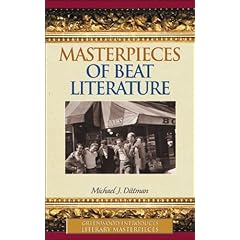
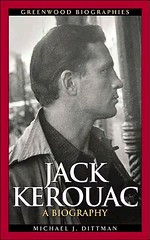



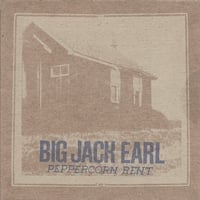
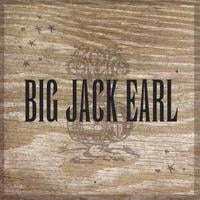
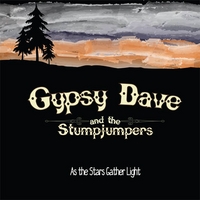
1 comment:
Well, thanks! That would indeed have been a fun project to take on. If only I'd known when the auditions were-- though I suspect I lack the scholarly street cred for the job. That is one...um... stunning writing sample there.
Post a Comment